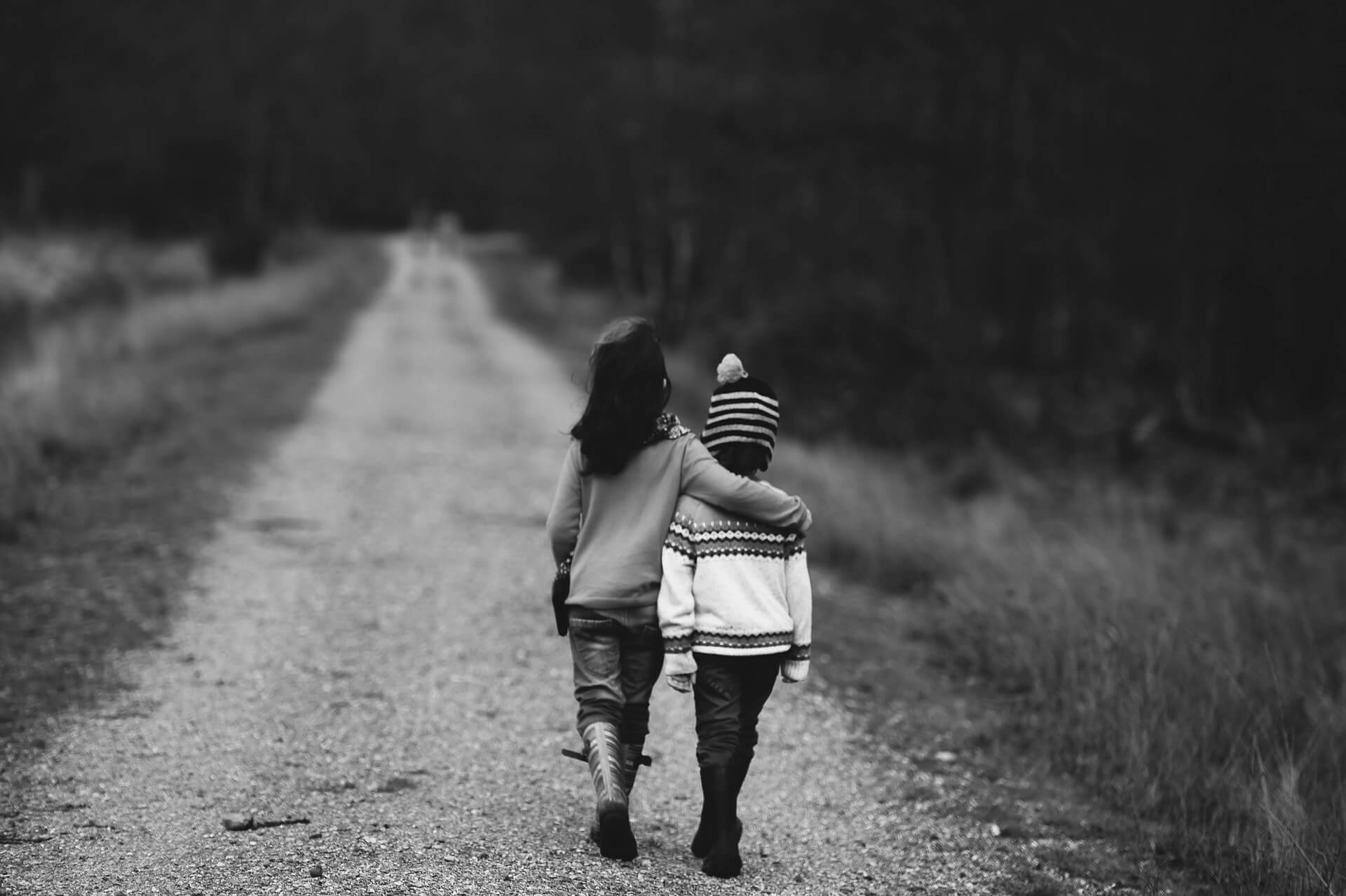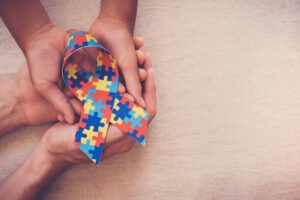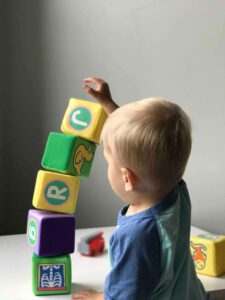Republished by permission from Author Site (ronniesolan.com)
Interview by Ruth Shidlo, PhD., SEP
Dr. Ronnie Solan is a clinical psychologist and psychoanalyst based in Tel Aviv. An expert on the emotional development of the child, she works with children, adolescents, adults and couples. Her book, The Enigma of Childhood – The Profound Impact of the First Years of Life on Adults as Couples and Parents, was recently published by Karnac in London. The original version came out in Hebrew (Modan, 2007).
Could you say a few words of introduction about The Enigma of Childhood?
Enigma describes the emotional development of the baby from birth till age three. The emotional experiences along these formative years leave memory traces that shape our ways of being in the world, and accompany us throughout life, often in unexpected or enigmatic ways. As adults, we are often surprised by how, and to what extent, our early experiences color our relationships with our spouses, our children, our co-workers. My book illuminates the impact of the flow of early psychic experiences on the baby’s evolution along normal or pathological developmental paths. Moreover, it focuses on how childhood experiences and affective scripts color our interactions and shape important life-choices regarding couplehood and parenthood.
What inspired you to write?
My observations of children, as well as my psychoanalytic and psychotherapeutic work, led me to see the extent to which early psychic development influences couplehood and parenthood.
I wished to share with my readers my understanding of the essence of the emotional immune system (which I describe as healthy narcissism). This understanding helped me acknowledge the main obstacle in any significant relationship—namely, the indispensable yet difficult task of respecting the otherness of our partners.
These innovations have enabled me to identify treatment possibilities promoting and shortening the recovery of patients suffering from narcissistic disturbance or relationship difficulties, and help couples manage their love relationship more satisfactorily.
My other goal was to familiarize the reader with his/her hidden child, one which leaves an impact on present life, and is based upon the early relationships with the primary caregivers. I wish to familiarize the reader with the importance of enjoying intimacy while respecting the otherness of the partner (child or spouse) and maintaining a loving relationship characterized by the ‘art of couplehood’.
What is healthy narcissism and how does it differ from pathological?
Narcissism is a concept used by many lay people in various ways, mostly to denote something undesirable in the other. In Enigma, I attempt to reveal the healthy aspects of narcissism. From birth onwards we safeguard that which is familiar to us, and tend to feel threatened by that which is alien or strange.
The healthier our narcissism, the more successfully we do this, without hurting or injuring the other and accepting that he/she is different. In our interpersonal relations, we want to be respected in our uniqueness—every child wants his parents to love him as he is (his healthy narcissism operates to preserve his own familiar true self) rather than feel he needs to be as the parents would like (which would mean the otherness of his parents had invaded his familiar self and caused him to falsify his familiar self; that from now on his (pathological) narcissism operated to preserve his false self).
Narcissism, whether normal or pathological, safeguards that which is familiar to us—we reject and fight anything that is ‘not-I’.
The operation of healthy narcissism results in a normal alertness towards strangers, which includes the capacity to respect otherness. In contrast, shaming and other ways of rejecting strangeness, such as xenophobia and racism, represent intolerance, and constitute deviations from healthy narcissism. Shaming is the invasion of otherness into the familiarity—e.g., the parent conveys to the child/partner, “Be what I want you to be”. This demand is hurtful, as the child feels he is not loved as he is, doesn’t have the permission to be as he is.
Another example might be a parent who says, “You are fat and disgusting. When will you stop eating like that—I can’t stand you.” The child may feel as if he is truly disgusting, not accepted, not good.
In contrast, caregivers able to consider and respect the child’s separateness, encourage him to express his own feelings and wishes, and love him and accept him as he is. This child has more of a chance of growing up feeling he can be who he is, with all his goodness and limitations. His familiar sense of himself as loved and encouraged is safeguarded by the processes of healthy narcissism, and his self-integrity is more immune to invaders.
Why is narcissism such an important innate function?
In my book I describe the notion of innate healthy narcissistic processing, which functions as an emotional immune system whereby self-familiarity is immunized, restored and safeguarded, while the operation of a concomitant attitude of orientation or alertness toward any signs of strangeness that may threaten the sense of familiar self is asserted. Why is this important? We need something to protect the familiar within us, to identify who we are, so we ourselves know and have a sense of who we are, can recognize ourselves and that which is important to us (not only people but inanimate objects and surroundings as well). Consequently, we can identify the presence of an insidious alien intruder within us.
I believe that narcissism operates in the psyche much like the biological immune system, which safeguards the familiar codes of the body, and repels alien invaders. When our body doesn’t identify the invasion of the alien, it proliferates within us, much like the multiplication of cancer cells—we are exposed to self-damaging influences or even annihilation.
The more we are related to in a ‘good-enough’ way that promotes healthy narcissism in our formative years, are loved just the way we are and not according to someone else’s blueprint, the more immune we become to alien influences and incursions of others’ hurtful words and deeds. In therapy, it may be possible to circumvent or soften some of the obstacles in our ability to love ourselves.
Who did you think would find your book helpful?
I thought it would be suitable for parents, so they could understand themselves and their children; also, for couples, so they could develop ‘the art of couplehood,’ a process which increases the tolerance towards the ‘otherness’ of the partner. Lastly, I also wrote for psychologists and other professionals, to familiarize them with the novel ideas and theories I address. My theoretical formulations are a continuation of previous theories, seen in a novel perspective.
What is the focus of your book? The innovations you focus on, what do they refer to?
When one is familiar with normal healthy development, it is easier to understand deviations from the norm, including psychopathology. It becomes easier to identify aspects of the psyche where the person is functioning in a harmonious, balanced, cohesive way, rather than operating under pathological influences. For example, someone may do well in his chosen line of work and have good relationships with co-workers, but finds himself clashing with his partner or children, their otherness being less tolerable. It will be helpful to understand how this came about.
Why is it important to understand why the pathology emerged?
In a psychotherapy or psychoanalytic session, the patient may communicate an actual here-and-now injury, disappointment or trauma. This present injury may resonate with past injuries and disappointments that have led to a problem or the emergence of pathology in some area of functioning.
When the patient is able to discover a link between the present occurrence and the past, this allows both patient and therapist as a team to discover the pathological familiarity the patient has been preserving. For it is likely that, were it not for this previous disappointment or injury, the patient would have been able to shrug off the current incident, e.g., a shaming, saying, ’That’s what he thinks; I view it differently.’ It is important to realize that the actual content of the (past) shaming is less important than the shaming itself.
Once the link is revealed, the patient may now acknowledge the healthy experiences that were buried under those injuries and traumatic experiences — and consequently move on. For with this understanding of the resonating echoes of childhood and subsequent discoveries of healthy experiences, the unbridled detrimental influence of the past and its pervasiveness can now be mitigated. The person will be better able to deal with and soften the scars of the past, rather than having them intrude upon his adult life.
What do you consider the main import of this book, the take-away insight you’d like your readers to have?
The familiarization with the inner child within oneself may allow readers to be more in touch with those areas that they themselves (or their partners) were unable to safeguard. Professional readers may be enriched by my views regarding normal emotional development and the profound impact of the first years of life on adults as couples and parents, and my new theoretical innovations— all of which may expand their therapeutic tools.
Are there any insights you can share with the reader as to how to dissolve or soften the pervasiveness of xenophobia, the fear and hatred of the other, the stranger, the alien, the immigrant?
My hope is that the reader will be able to remind himself more often, and especially upon being offended by his fellows, that his partner (child or adult, spouse, patient or co-worker) is another separate and unique individual who has his or her own history of experiences that impact his own relationships.
I think that this sharing of insights might motivate the emergence of more respect and tolerance toward the otherness of the other, and hopefully will limit the expression of threat and hate toward the others. I hope that my sharing of insights will strengthen and enrich the familiar, so one is consequently less threatened and more tolerant of the other. I wish that my sharing of insights might also motivate readers to get to know the other, to familiarize themselves with the otherness, with other cultures and peoples, so that the other doesn’t evoke so much strangeness and alienation.
The Enigma of Childhood deals with the first three years of life. I understand you are planning to write another book, dealing with the next few years, which build upon the developments of the first three? Is there anything you would like to share with our readers about your next big project?
Yes, I am intending to continue the familiarization with the emotional development of the child in his next years after the age of three, mainly in his Oedipal stage. I wish to elaborate what constitutes normal oedipal emotional development and the impact of the three primary years on this normal (or pathological) development.
*You can order The Enigma of Childhood: The Profound Impact of the First Years of Life on Adults as Couples and Parents from The Book Depository, Amazon.com or Karnac Books. Available in paperback or ebook format.











